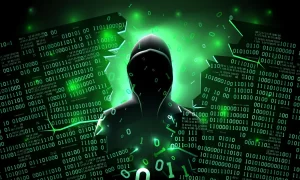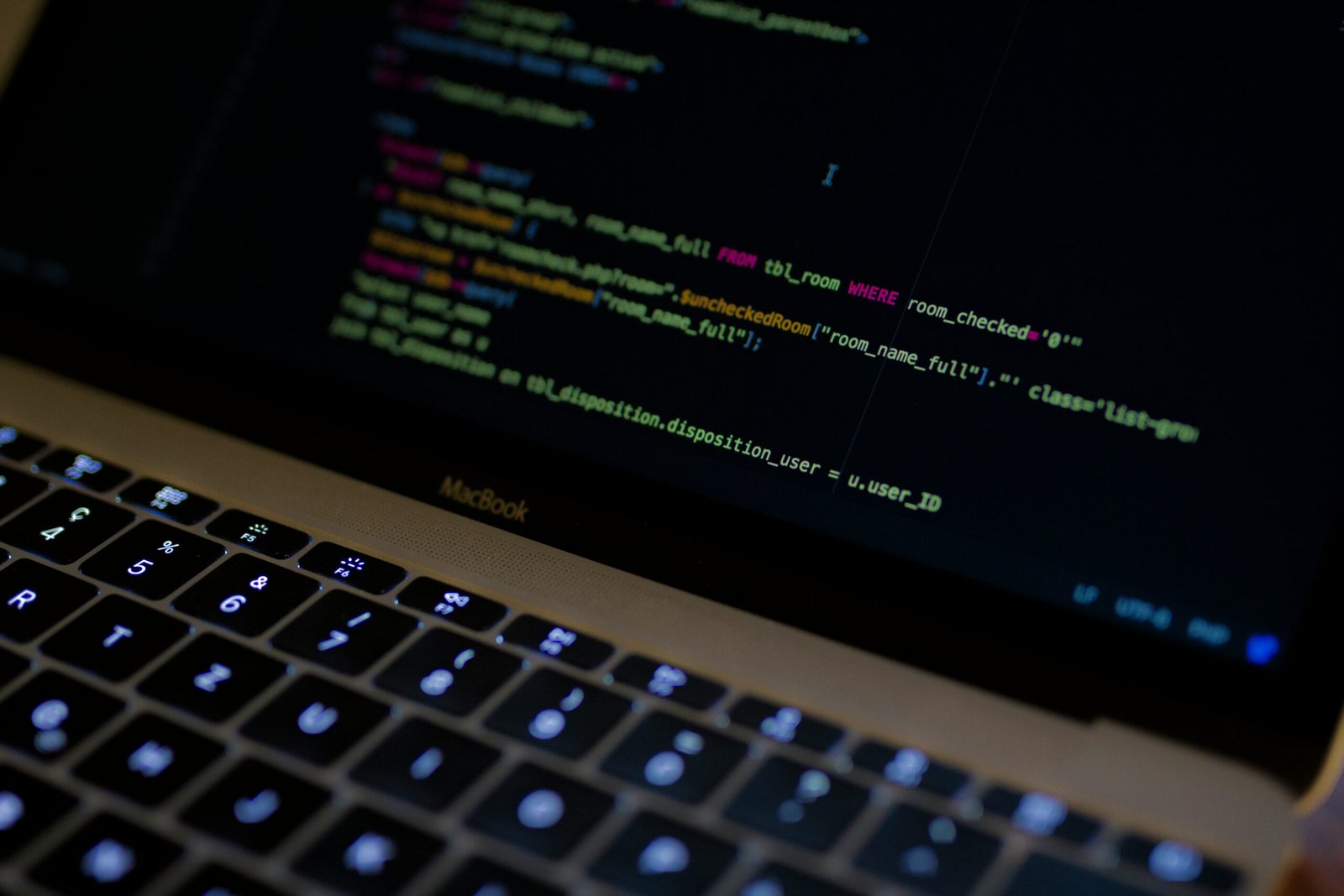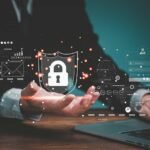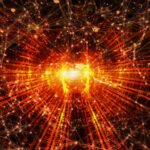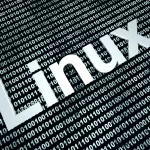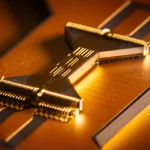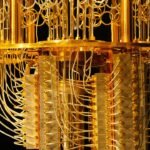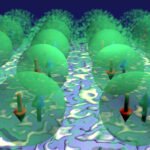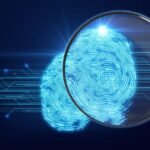Exploring the World of Quantum Cryptography
In the ever-evolving landscape of cybersecurity, where data breaches and hacking threats loom large, the quest for unbreakable encryption has led us to a realm where classical cryptographic methods find their limits. Quantum cryptography, an extraordinary field rooted in the principles of quantum mechanics, promises to revolutionize the way we secure and transmit sensitive information. In this blog, we embark on a captivating journey into the world of quantum cryptography, unveiling its intricacies, potential, and the profound impact it could have on the future of data security.
Understanding Quantum Cryptography
At the heart of quantum cryptography lies the enigmatic behavior of quantum particles, where their properties can be in multiple states simultaneously, a phenomenon known as superposition. Quantum cryptography exploits this behavior to create cryptographic systems with unprecedented security.
- Quantum Key Distribution (QKD): QKD is the cornerstone of quantum cryptography. It enables two parties to generate a secret cryptographic key that is unbreakable due to the fundamental principles of quantum mechanics.
- Uncertainty Principle: Quantum cryptography relies on the uncertainty principle, where any measurement of a quantum system inherently disturbs it. This feature ensures that any eavesdropping attempts are detectable.
- Entanglement: Quantum entanglement, a phenomenon where two particles become linked in a way that their states are correlated, enables secure communication over long distances.
- No-Cloning Theorem: The no-cloning theorem states that it’s impossible to create an exact copy of an arbitrary unknown quantum state, making quantum communications resistant to interception.
Benefits of Quantum Cryptography
- Unbreakable Security: Unlike classical encryption methods, which can theoretically be broken with sufficient computational power, quantum cryptography offers provably secure systems based on the laws of physics.
- Eavesdropping Detection: Quantum systems are designed to detect any attempt at eavesdropping. If a third party tries to intercept the quantum information, it alters the quantum state, immediately alerting the sender and receiver.
- Long-Distance Communication: Quantum entanglement allows for secure communication over vast distances, making it possible to establish secure links between parties located far apart.
- Future-Proof Encryption: Quantum cryptography is resistant to quantum computers, which could potentially break classical encryption methods, making it a future-proof solution.
Challenges and Current State
- Technical Challenges: Implementing quantum cryptography requires sophisticated hardware and technology, including quantum key generators and detectors, which are still in the process of development.
- Channel Loss: Quantum signals can degrade over long distances due to factors like optical losses and noise, which poses a challenge for practical implementation.
- Cost: The current cost of quantum cryptography hardware and infrastructure is high, limiting its widespread adoption.
- Key Management: While quantum key distribution ensures secure key exchange, managing these keys securely remains a challenge.
Future Implications
The development and advancement of quantum cryptography have far-reaching implications across various domains:
- Cybersecurity: Quantum cryptography could render current cryptographic methods obsolete, offering a new paradigm in secure data transmission.
- Finance: Quantum cryptography can enhance the security of financial transactions, preventing unauthorized access and fraud.
- Government Communications: Quantum communication networks could provide governments with an ultra-secure means of communication.
- Healthcare and IoT: Quantum cryptography can safeguard patient data and secure communication in the rapidly growing Internet of Things (IoT) landscape.


